Cat 6 Cable: An Overview
The Cat 6 cable, a pivotal element in modern networking, stands for Category 6 Ethernet cable, a standard for Gigabit Ethernet and other network protocols. This cable is distinguished by enhanced performance compared to its predecessors, such as the Cat 5 and Cat 5e, providing a backbone for fast data transfer and reliable connectivity in various settings.
Construction and Shielding
The architecture of a Cat 6 cable is intricate, featuring four pairs of copper wires, which are tightly wound to reduce interference and crosstalk. Shielding is a critical aspect, with some cables incorporating a foil or braided shield, known as FTP (Foiled Twisted Pair) or STP (Shielded Twisted Pair). This shielding minimizes electromagnetic interference, ensuring a stable and secure transmission of data.
Performance and Specifications
Performance-wise, Cat 6 cables are designed to support frequencies up to 250 MHz, doubling that of Cat 5e. This specification allows for high-speed data transfer rates of up to 10 Gbps over short distances, making it an ideal solution for networks that demand high bandwidth. The precise engineering behind these cables ensures minimal noise and interference, providing a dependable network infrastructure.
Applications and Uses
The versatility of Cat 6 cables makes them suitable for a wide range of applications. They are commonly used in enterprise environments, data centers, and residential broadband networks. The robustness of Cat 6 makes it a preferred choice for applications where performance and reliability are paramount, such as in VoIP communications, video surveillance, and streaming services.
Choosing the Right Cable
Selecting the right Cat 6 cable involves considering factors such as length, shielding type, and whether a plenum-rated jacket is necessary for compliance with building codes. It's essential to assess the specific needs of your network to ensure optimal performance and compliance with industry standards.
Environmental Considerations
Lastly, environmental factors play a role in the functionality of Cat 6 cables. They are designed to withstand various conditions, with some offering UV resistance, water resistance, or fire retardant properties. This adaptability makes them a reliable choice for both indoor and outdoor installations, ensuring consistent network performance regardless of the setting.
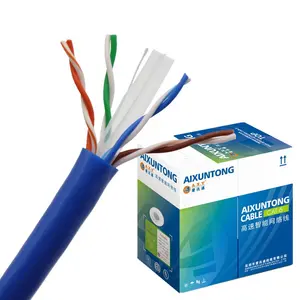


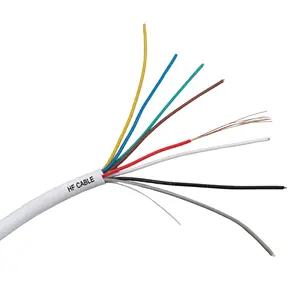




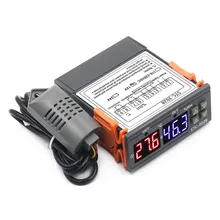




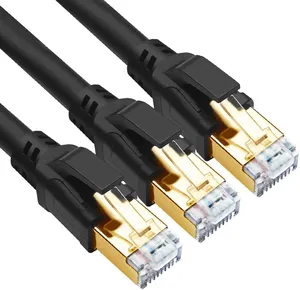



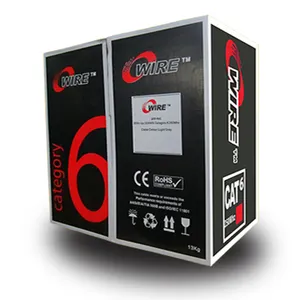
























 浙公网安备 33010002000092号
浙公网安备 33010002000092号 浙B2-20120091-4
浙B2-20120091-4